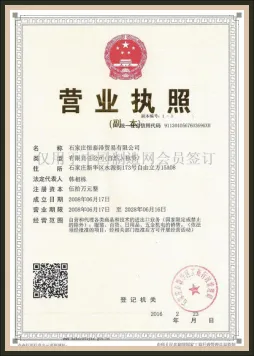...
2025-08-14 06:35
1985
...
2025-08-14 06:20
1498
...
2025-08-14 05:49
666
...
2025-08-14 05:47
441
...
2025-08-14 05:30
929
...
2025-08-14 05:22
1271
...
2025-08-14 05:21
2032
...
2025-08-14 04:34
808
...
2025-08-14 04:11
137
...
2025-08-14 04:07
744


